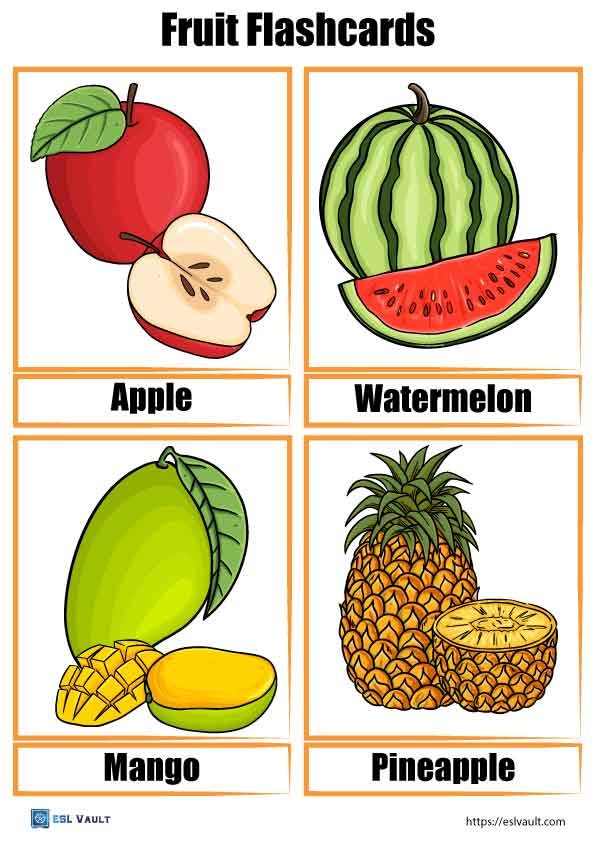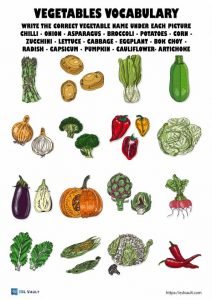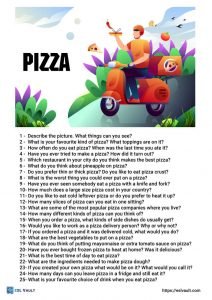Free fruit flashcards
Here are some beautiful free fruit flashcards that are wonderful for teaching children and ESL learners. They can be used in many different ways and some teaching suggestions have been provided below.
There are 40 flashcards in this set. The most common fruits and berries are in the earlier pages while some lesser-known more exotic fruits are in the latter PDF pages. Note that the resolution of the images is much better than the preview pictures provided on this page.
The free fruit flashcards have these pictures and words – apple, watermelon, mango, pineapple, strawberry, banana, orange, cherry, pear, lemon, kiwi fruit, grapes, peach, avocado, papaya, blueberry, raspberry, fig apricot, lime, plum, honeydew melon, pomegranate, star fruit, lychee, guava, mulberry, pomelo, jackfruit, rambutan, dragonfruit, cantaloupe, durian, cranberry, persimmon, soursop, custard apple, longan, sapodilla, and kumquat.
Notes on the fruits flashcards
It should be noted that some of these fruits can have English different names depending on where in the world you are.
The cantaloupe can be called a rockmelon in Australia and New Zealand. In South Africa it cna be known as a spanspek or sweet melon. There are also 2 different types, The European cantaloupe and the North American cantaloupe.
There are also quite a few different kinds of fruit that people call a custard apple which look very different. The picture of the fruit here also has the name Chrimoya (Anonna cherimola).
The pomelo has several different kinds of spelling and can even be called a shaddock in some parts of the planet.
If you use different names for any of this produce, you can easily cut the word off the bottom of the fruit flashcards or tape over it and rename the picture.
Ideas for using the fruits flashcards
Everyone has their own arsenal of flashcards games but here are a few extra ideas that you can try with them.
Matching. The cards have been designed so that the names of the fruits can be cut off if you don’t want them. You can also use the separate pieces for a picture and word matching game.
Arranging. You can ask students to arrange the cards in all manner of ways. Some ideas can be to arrange them from biggest to smallest, most to least delicious, in alphabetical order, which fruits students eat most often, group them by color, or which fruits grow in their local area or country.
Speaking games. There are a lot of flashcard games you can play that involve speaking and naming the cards. One of my favorites for younger learners is Tic Tac Toe. To play this divide your class into 2 teams (X and O) and draw a 3 by 3, 9 square grid on the board.
Next, choose 9 flashcards and place one in the corner of each box. When a player from a team wants to place an X or O in a box they must call out the name of the corresponding fruit flashcard. The aim of the game is to get 3 X’s or 3 O’s in a row to win.
Craft. You can let students cut the pictures out of the fruit flashcards PDF pages and make a fruit salad or collage on a separate piece of paper.
Further ideas
If you enjoyed the free fruits flashcards, check out the flashcards section of ESL Vault where you can find more picture cards on different topics.
There are also more fruit-themed worksheets that you can find here, don’t be afraid to use the search function. For older students, you can also have a look at the big list of interesting fruit idioms.













